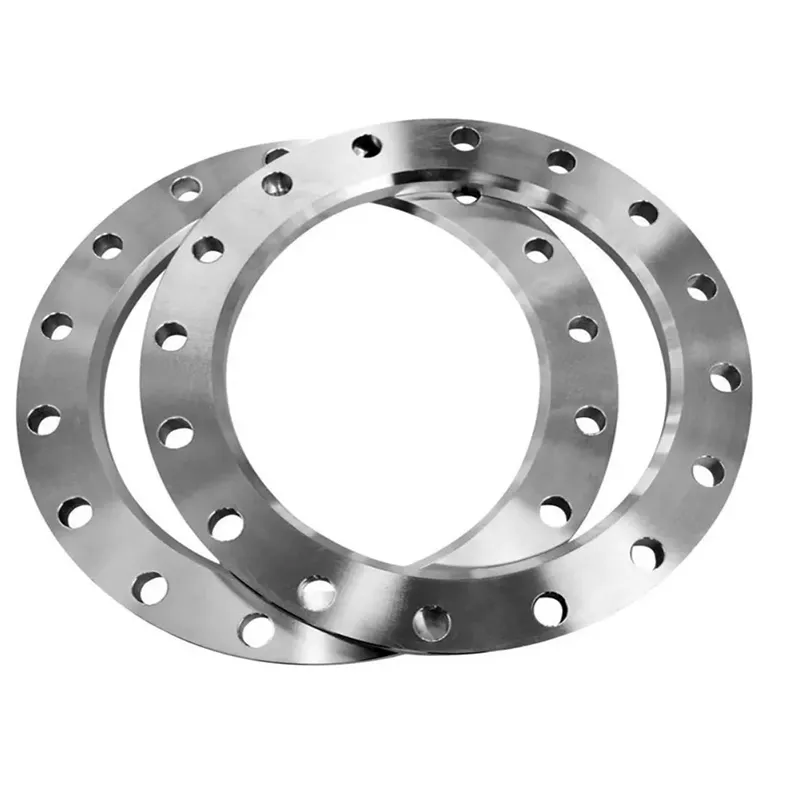-
Cangzhou Yulong Steel Co., Ltd.
-
Phone:
+86 13303177267 -
Email:
admin@ylsteelfittings.com
- English
- Arabic
- Italian
- Spanish
- Portuguese
- German
- kazakh
- Persian
- Greek
- French
- Russian
- Polish
- Thai
- Indonesian
- Vietnamese
- Zulu
- Korean
- Uzbek
- Hindi
- Serbian
- Malay
- Ukrainian
- Gujarati
- Haitian Creole
- hausa
- hawaiian
- Hebrew
- Miao
- Hungarian
- Icelandic
- igbo
- irish
- Japanese
- Javanese
- Kannada
- Khmer
- Rwandese
- Afrikaans
- Albanian
- Amharic
- Armenian
- Azerbaijani
- Basque
- Belarusian
- Bengali
- Bosnian
- Bulgarian
- Catalan
- Cebuano
- China
- China (Taiwan)
- Corsican
- Croatian
- Czech
- Danish
- Esperanto
- Estonian
- Finnish
- Frisian
- Galician
- Georgian
- Kurdish
- Kyrgyz
- Lao
- Latin
- Latvian
- Lithuanian
- Luxembourgish
- Macedonian
- Malgashi
- Malayalam
- Maltese
- Maori
- Marathi
- Mongolian
- Myanmar
- Nepali
- Norwegian
- Norwegian
- Occitan
- Pashto
- Dutch
- Punjabi
- Romanian
- Samoan
- Scottish Gaelic
- Sesotho
- Shona
- Sindhi
- Sinhala
- Slovak
- Slovenian
- Somali
- Sundanese
- Swahili
- Swedish
- Tagalog
- Tajik
- Tamil
- Tatar
- Telugu
- Turkish
- Turkmen
- Urdu
- Uighur
- Welsh
- Bantu
- Yiddish
- Yoruba

Dec . 02, 2024 08:15 Back to list
din flange pn10
Understanding DIN Flange PN10 A Comprehensive Guide
Flanges are critical components in various piping systems, playing a significant role in ensuring safe and efficient fluid transfer across industries. Among the various flange standards, the DIN (Deutsches Institut für Normung) flanges are widely recognized for their robust design and reliability. This article focuses on one specific type the DIN flange PN10.
What is a DIN Flange?
DIN flanges are standardized flanges conforming to German industrial norms, which ensure consistency and quality in manufacturing. The term DIN stands for Deutsches Institut für Normung, the organization responsible for establishing these standards. The PN in PN10 refers to the nominal pressure. PN (Pressure Nominal) indicates the maximum pressure capability of the flange when used at a specific temperature, measured in bars. Thus, a PN10 flange is designed for a maximum pressure of 10 bars or approximately 145 psi.
Characteristics of DIN Flange PN10
1. Material DIN flanges can be made from various materials, including carbon steel, stainless steel, and ductile iron. The choice of material generally depends on the specific application, the type of fluid being transported, and the operating environment, including temperature and potential corrosive elements.
2. Design DIN flanges feature a flat, raised, or ring-type joint that helps create a seal when joined with another flange. The design also allows for easier installation and maintenance, making it a preferred choice in many applications.
3. Dimensions The dimensions of a PN10 flange are standardized and can vary based on the pipe size it supports. This standardization ensures interoperability among different manufacturers and makes it easier to source compatible components.
4. Temperature Range The PN10 flanges are typically reliable at various temperature ranges, but their performance can be affected by the material and the specific conditions of use. Users must check the specifications for the appropriate temperature limits.
5. Usage DIN flanges PN10 are commonly used in low to medium-pressure applications, such as in water treatment plants, fire protection systems, and industrial piping systems. They serve as a crucial link in the pipelines transporting fluids, gases, and steam.
din flange pn10

Advantages of DIN Flange PN10
1. Standardization Since it adheres to established DIN standards, PN10 flanges promote uniformity in design and performance, enabling ease of integration with existing piping systems.
2. Safety The ability to withstand a maximum pressure of 10 bars makes these flanges suitable for various applications without compromising safety.
3. Versatility The compatibility of DIN flanges with various materials and their ease of installation make them adaptable for a wide range of industrial applications.
4. Maintenance Regular inspection and maintenance of flange connections are crucial. PN10 flanges are designed to facilitate easy access for maintenance, ensuring that systems remain functional and safe.
Installation Guidelines
Proper installation of DIN flanges PN10 is crucial to achieving optimal performance. Here are some guidelines
- Ensure that the flange surfaces are clean, flat, and free from any debris. - Use the appropriate gasket material for the specific application to ensure a proper seal. - Tightening the bolts should be done in a cross-pattern to ensure even distribution of pressure and prevent deformities. - Always refer to manufacturer guidelines and best practices for torque specifications and installation techniques.
Conclusion
DIN flanges PN10 are integral components in many piping systems, offering reliability, safety, and ease of maintenance. With their standardized design, they ensure seamless integration into various industrial applications. Understanding their characteristics, advantages, and installation techniques is essential for anyone working in industries that rely on robust and efficient fluid transfer systems. Whether in water treatment, manufacturing, or other sectors, the reliance on DIN flanges highlights their importance in modern engineering solutions.
Latest news
-
ANSI 150P SS304 SO FLANGE
NewsFeb.14,2025
-
ASTM A333GR6 STEEL PIPE
NewsJan.20,2025
-
ANSI B16.5 WELDING NECK FLANGE
NewsJan.15,2026
-
ANSI B16.5 SLIP-ON FLANGE
NewsApr.19,2024
-
SABS 1123 FLANGE
NewsJan.15,2025
-
DIN86044 PLATE FLANGE
NewsApr.19,2024
-
DIN2527 BLIND FLANGE
NewsApr.12,2024
-
JIS B2311 Butt-Welding Fittings LR/SR 45°/90° /180°Seamless/Weld
NewsApr.23,2024











